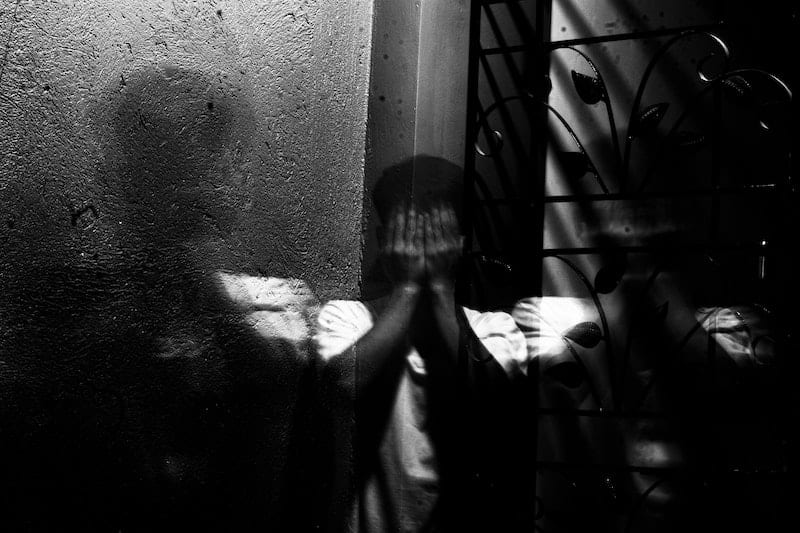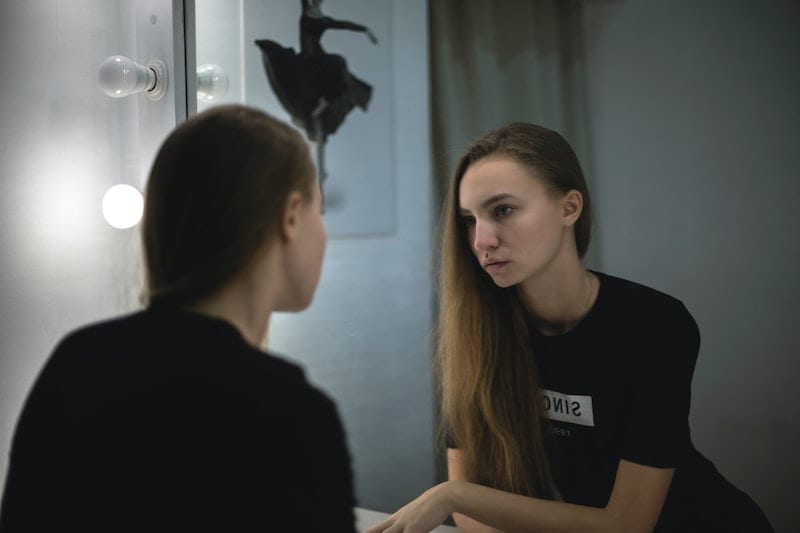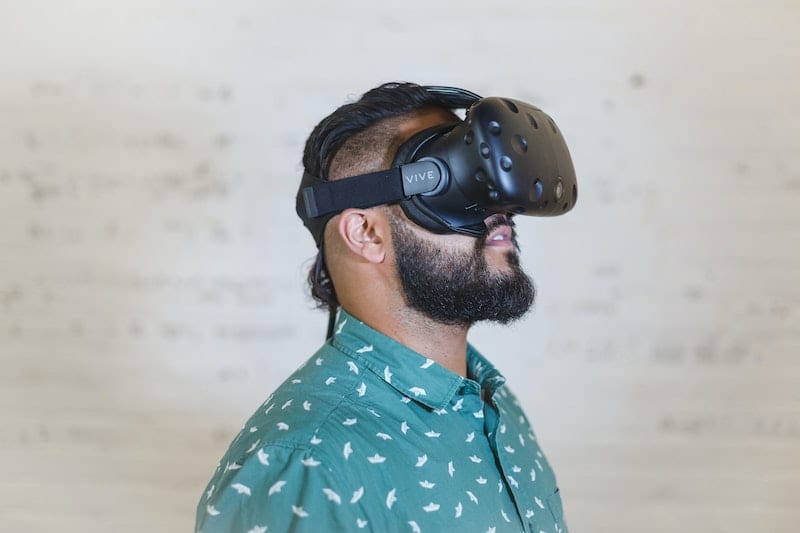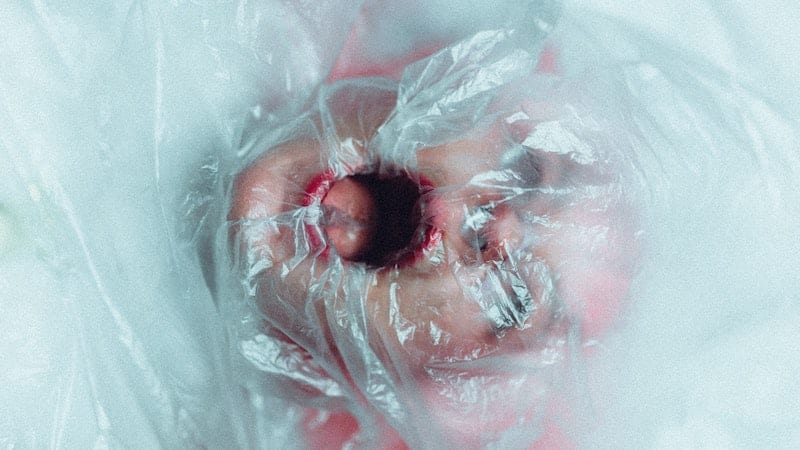These science experiments give us the heebie-jeebies, but they also serve to let us know that there’s a logical explantation for pretty much everything.
If you believe in ghosts, or have ever played the game Bloody Mary, you’re not immune to being creeped out. While true believers will tell you there’s something to the paranormal, scientists will always lay down the facts. Often, what you think is otherworldly, is a figment of your imagination.
Check out some experiments that prove this point.
1. Ghosts are all in your head.

Photo Credit: Pexels
Using brain stimulation via electrodes and a robotic apparatus on subjects, scientists proved that people believed in “spirits” who lurked, mimic their movements, and even touched their backs.
The purpose of the experiment was to identify the parts of the brain that cause us to believe in ghosts.
2. We will always see “Bloody Mary” in the mirror.

Photo Credit: Pexels
If you’ve ever played Bloody Mary by staring in a mirror by candlelight while chanting her name, she or other gruesome apparitions will always show up.
According to scientist Dr. Giovanni Caputo, this is a real phenomenon, but it’s caused by neural adaptation, which means when we look at the same thing for a long time, our neurons get jumbled.
3. VR makes you larger, and VR makes you small.

Photo Credit: Pexels
Scientists used virtual reality to better understand how our relationship to our bodies affects our perception.
Using mannequins and dolls, study participants began to think their appendages were Barbie or Bigfoot-sized, and also discovered those feelings caused considerable stress.
(Uh, no kidding?)
4. Does someone really sit on your chest when you sleep?

Photo Credit: Pixabay
Short answer: NOPE!
It all boils down to sleep paralysis. This is a state in which you wake up, can’t move, and have super realistic and scary hallucinations.
Scientists tried to replicate the state to achieve “extraordinary dreaming” by waking up volunteers every hour, until they started to hallucinate.
5. A lack of oxygen can really freak you out.

Photo Credit: Pexels
There are some people that cannot feel ANY fear due to a poorly functioning amygdala.
Scientists, however, did figure out a way to scare them—by tricking their brains into thinking they were suffocating.
This was done by making them breathe high-levels of CO2. Imagine never knowing that feeling and then… whoo boy!
Which of these science experiments would terrify you? Let us know in the comments below!






